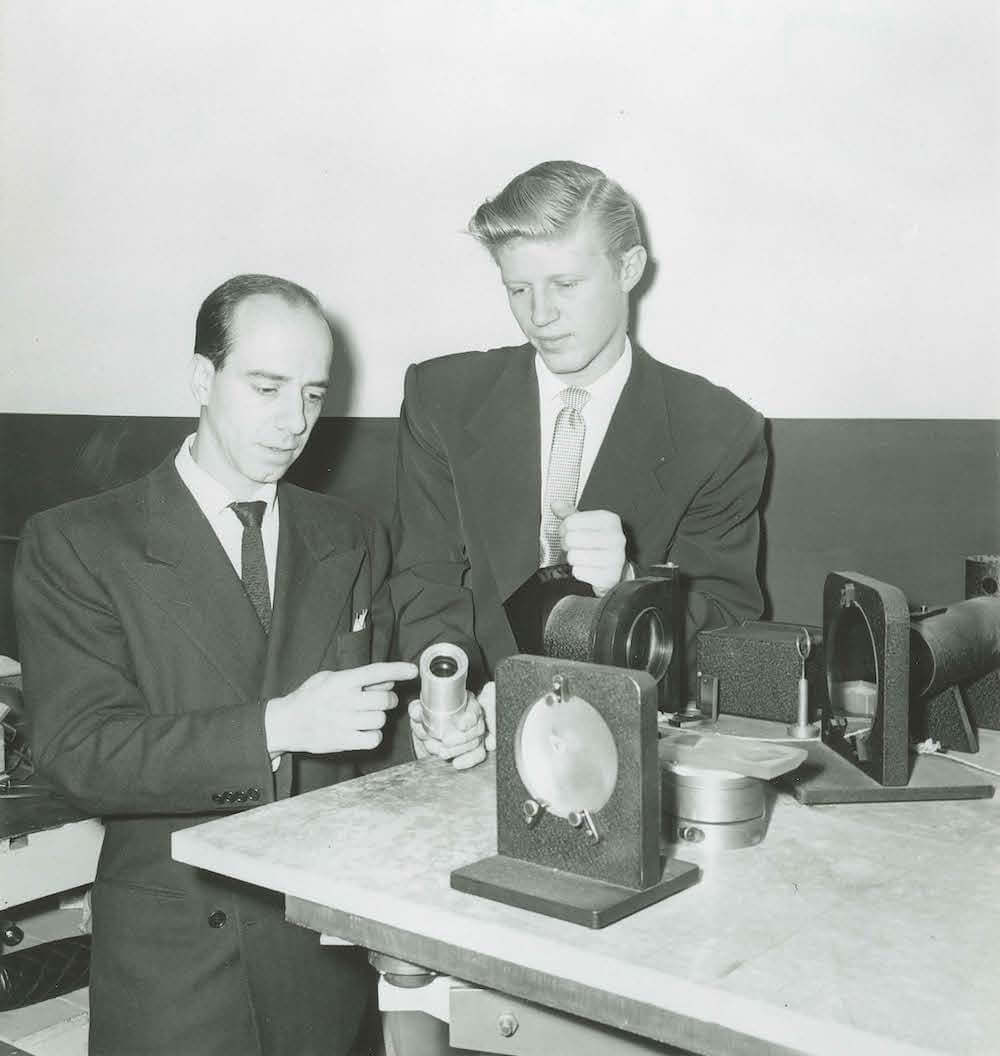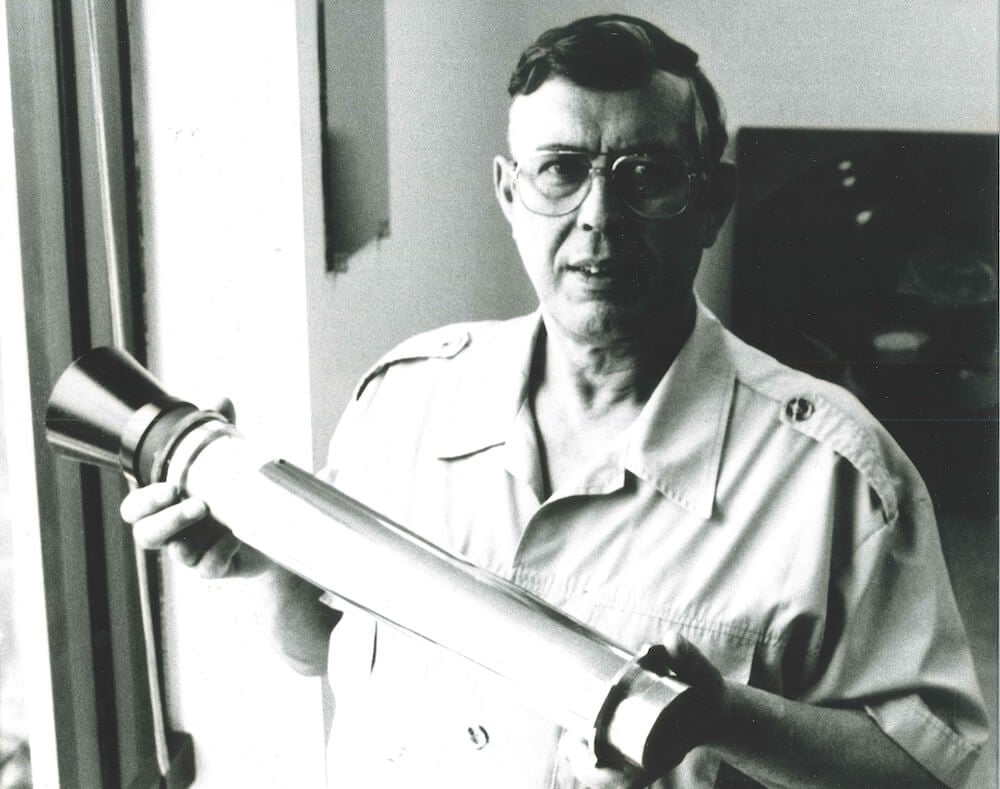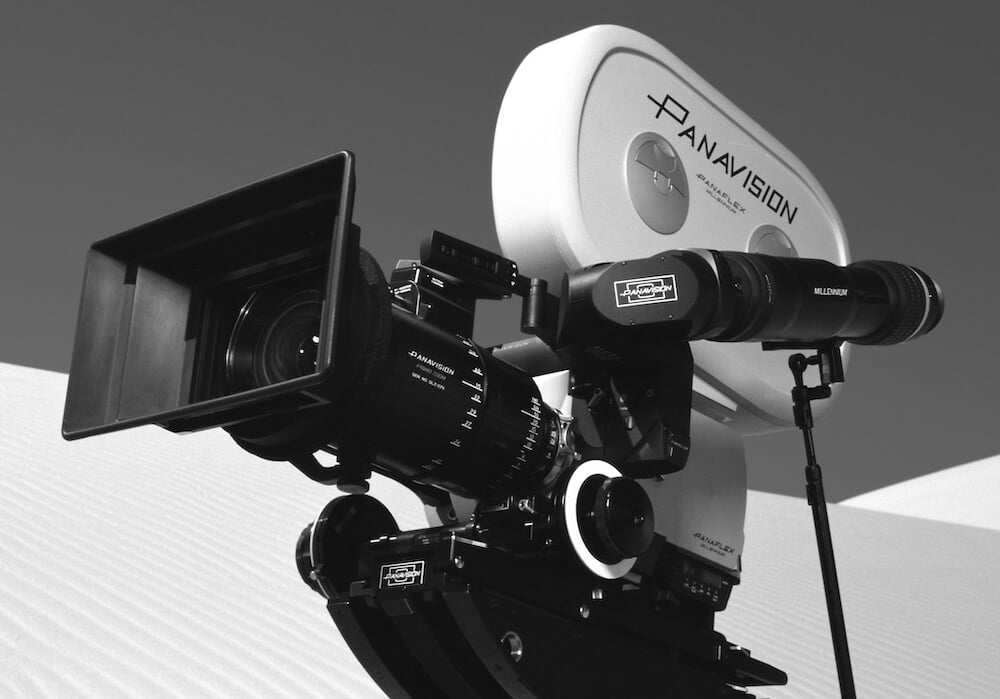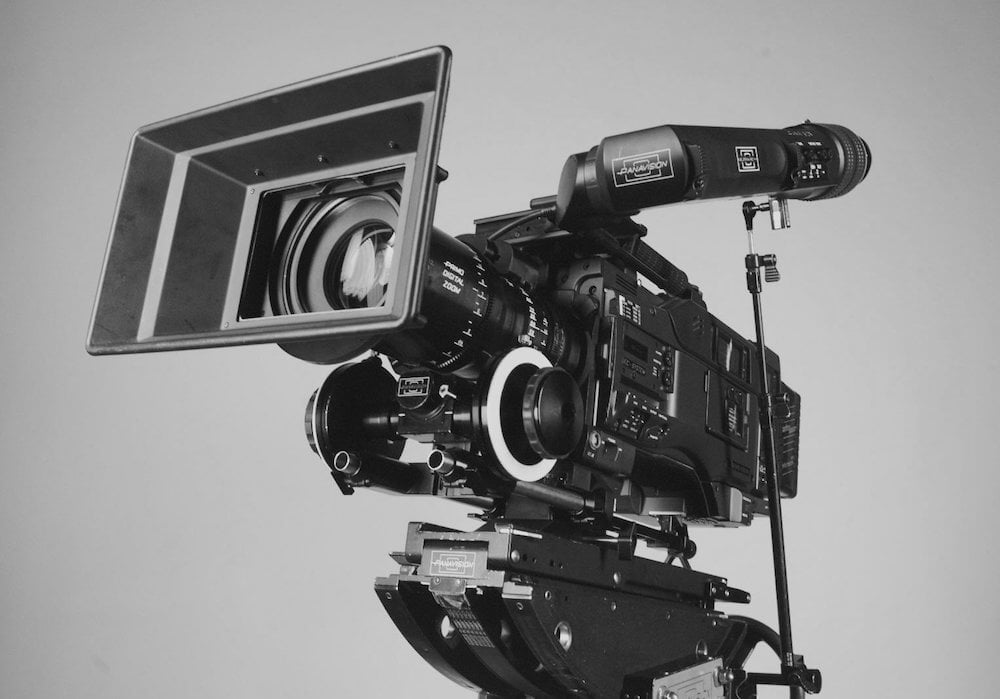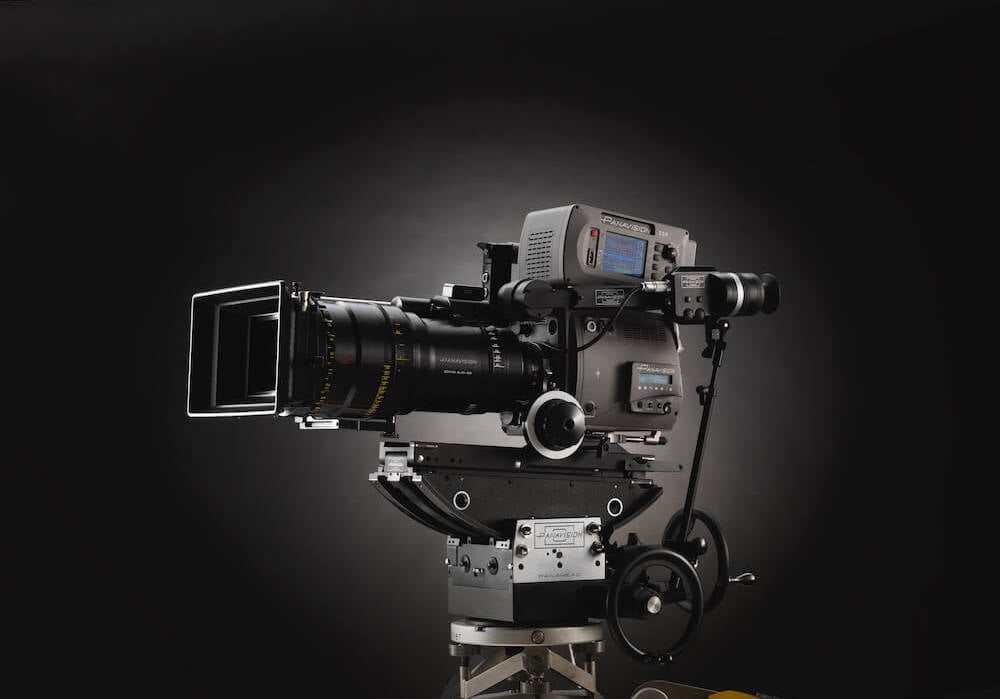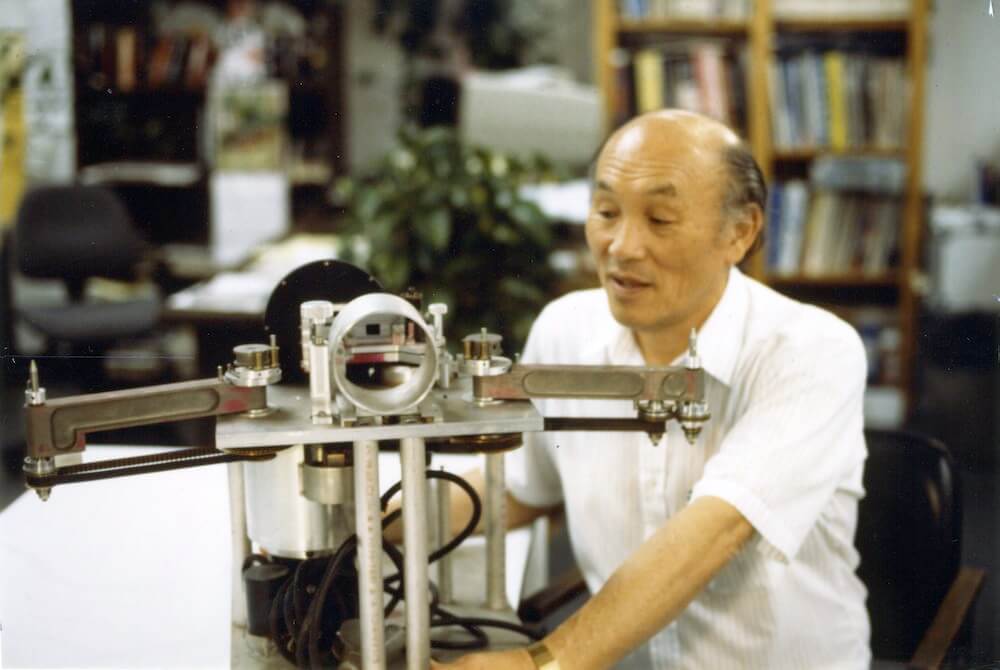A New Business Model
The 1960s found Panavision creating spherical 35mm lenses to complement the company’s first 35mm motion-picture camera, the Panavision Silent Reflex (PSR) series. The company also introduced the 65HR (a 65mm handheld motion-picture camera) and the crystal-controlled Panaspeed Motor.
Just as importantly, the 1960s saw Panavision take its creative approach into another realm. In 1964, Gottschalk shifted Panavision to a rental-only business model. By maintaining ownership of the equipment inventory, Panavision could ensure the highest levels of quality for everyone who used a Panavision product. Customer service, long a point of pride for Panavision, was the central support of the model. Because Panavision was responsible for the quality and reliability of every piece of gear, every client received personalized advice and production support to help them achieve their vision.
This new business model also allowed research and development to focus on a known inventory, making product upgrades easy to apply and control while continuing to encourage product innovations that directly addressed the needs of Panavision’s customers. One result was the introduction, in 1968, of C Series anamorphic primes, which immediately became a go-to choice for cinematographers looking for a compact and lightweight anamorphic lens. Panavision also applied its optical expertise to spherical lenses, introducing Panavision Standard Primes in the late ’60s.
Advances in Cameras and Optics
In 1972, the Panavision design team led by Al Mayer Sr. unveiled the Panaflex, the first 35mm, self-blimped, hand-holdable studio reflex camera. Created in direct response to customer feedback — the original and ongoing philosophy of Panavision — the revolutionary Panaflex liberated filmmakers from heavy cameras that were confined to use with geared heads. Just as importantly, the Panaflex was virtually silent.
Over the decades, the Panaflex line evolved to include the Panaflex Gold, Panaflex X, Panaflex Gold II, Panaflex 16 “Elaine,” and Panaflex Platinum. Each model retained the original focal-plane shutter and spinning-mirror design, while advances in electronics and optics led to new features such as improved viewing systems, modern electronics, lighter materials, quieter operation, and advanced video assist. Building on the success of the Panaflex, Panavision would also introduce two high-speed MOS cameras — the Panastar and the Panastar II — and the Steadicam-only Lightweight II.
Keeping pace with the company’s advances in camera design, Panavision introduced the 35mm-format Super Speed lenses in 1976, followed closely by Ultra Speed primes. Both series have enjoyed consistent demand from their inception, and their legacy continues with the PVintage series, which rehouses the original optics in modern mechanics that deliver superior performance while retaining the lenses’ characteristically smooth, organic look.
Through the 1980s, Panavision continued to make significant advances across its proprietary camera and optics offerings, introducing the Panaflex Platinum camera as well as two now-iconic lens series: E Series anamorphic and Primo spherical lenses. Building on the success of the C Series, the E Series offered more sophisticated coatings, newer components, and a refined optical formula that results in fewer aberrations. Meanwhile, the Primo optics set a new standard for spherical lens performance as the first completely matched family of primes and zooms designed for the motion-picture industry. The superior imaging characteristics of the Primo spherical lenses were eventually adapted into Panavision’s Primo Anamorphic primes.
The New Millennium
Continuing to meet filmmaker demand for smaller, lighter-weight film cameras, Panavision re-examined every aspect of existing 35mm technology and introduced the Millennium camera system in 1997. The Millennium XL, which offered an even smaller camera body, followed soon after and was the first product in Panavision history to win both an Academy Award and a Primetime Emmy Award within its first year of official release.
Again demonstrating its commitment to innovation and meeting the evolving demands of the creative community, Panavision partnered with Sony to elevate HD digital video to the standards of big-screen quality. The Panavised Sony HDW-F900 camera and Panavision’s Primo Digital lenses — designed to offer double the resolving power of 35mm-format optics so that the 2/3” HD image would hold up on cinema screens — powered the first digitally captured major feature, George Lucas’ Star Wars: Episode II – Attack of the Clones, released in 2002.
The collaboration with Sony also led to the creation of the Panavision Genesis HD camera, designed for focal compatibility with 35mm Panavision lenses to deliver true 35mm depth of field. Introduced in 2005, the Genesis used many of the same accessories and supports with which camera crews in the film world were long familiar, streamlining their experience and easing their transition into digital production.
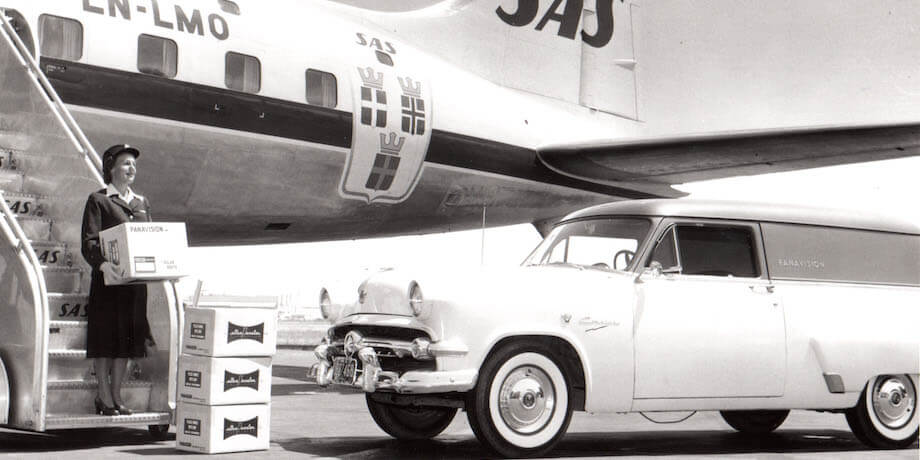
.jpg?sfvrsn=26f708e1_3)
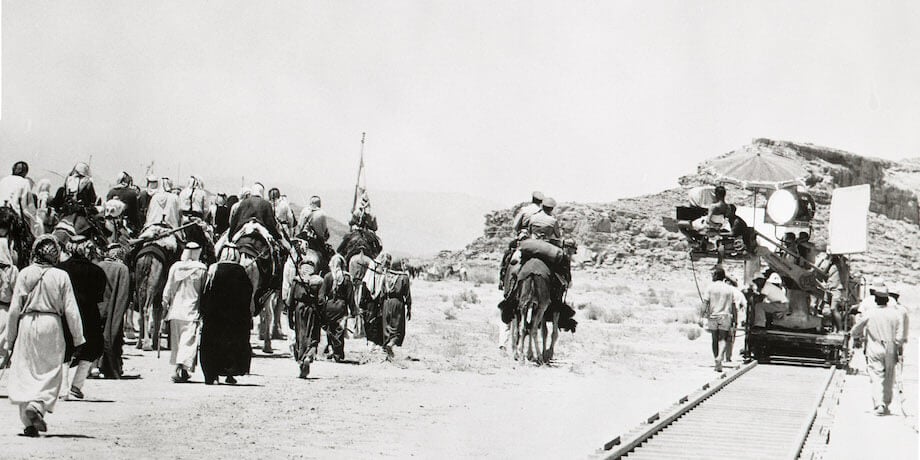
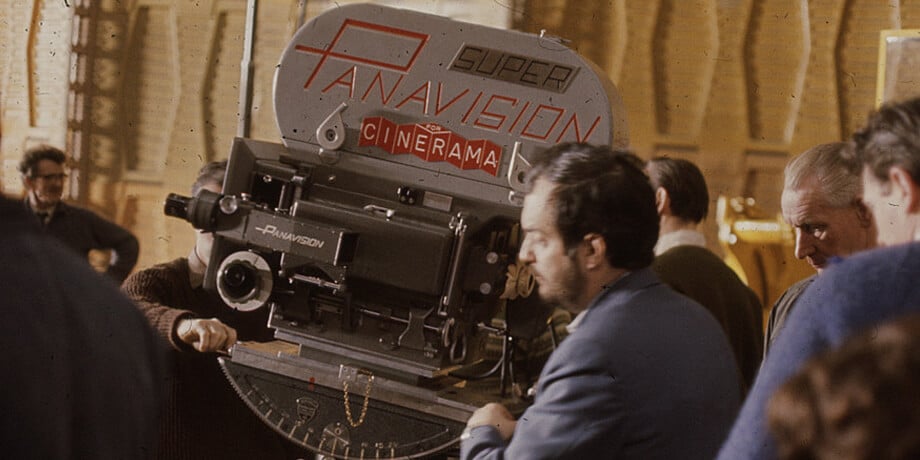
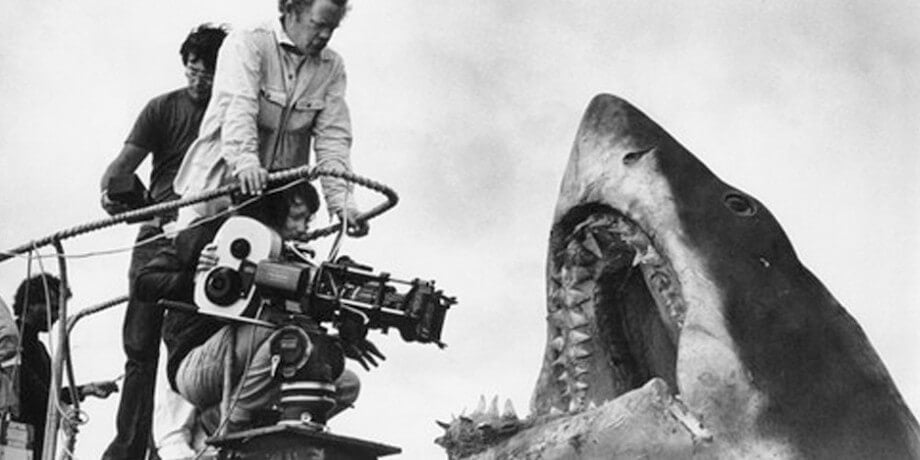
.jpeg?sfvrsn=979c3774_3)
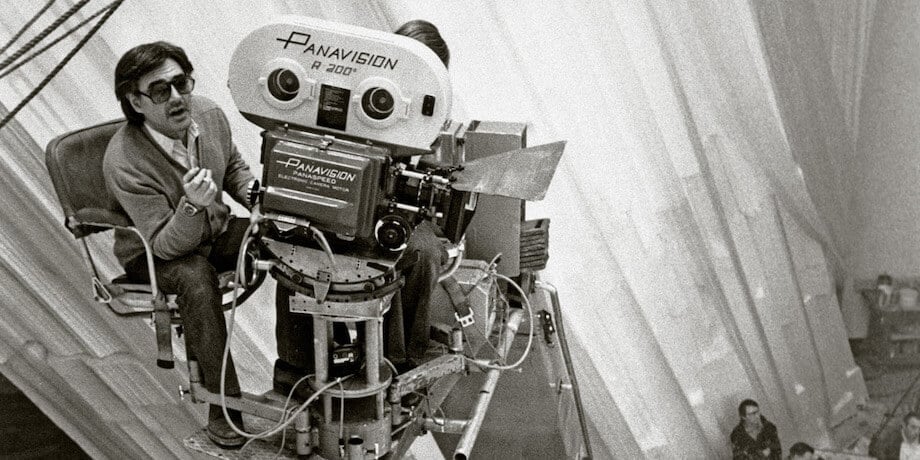
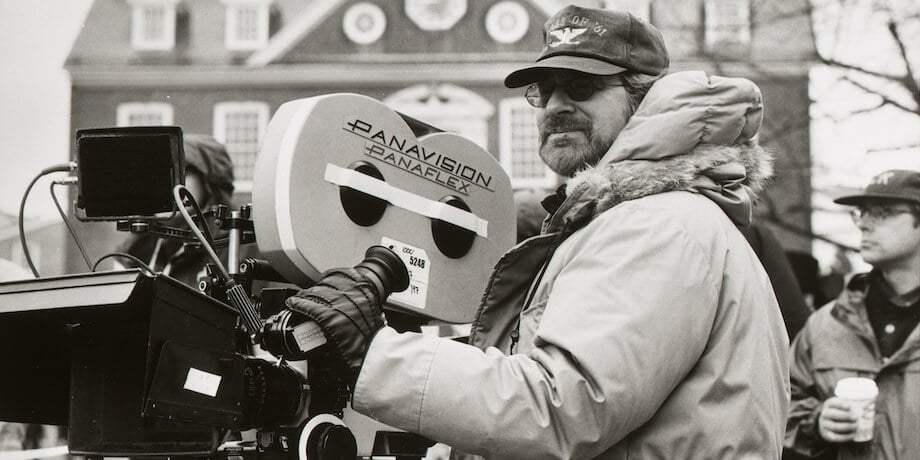
.jpg?sfvrsn=3b64c7ea_3)
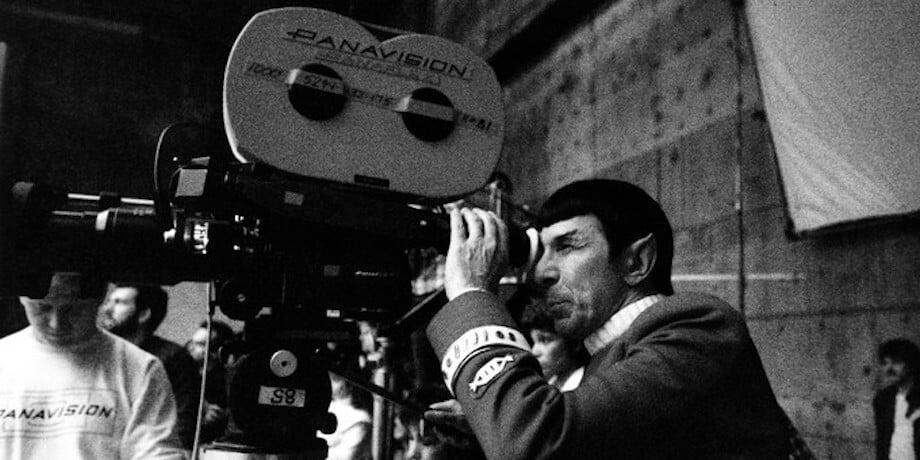
.jpg?sfvrsn=69941ffb_3)
.jpg?sfvrsn=b2b183f_3)
.jpg?sfvrsn=7948d93b_3)
